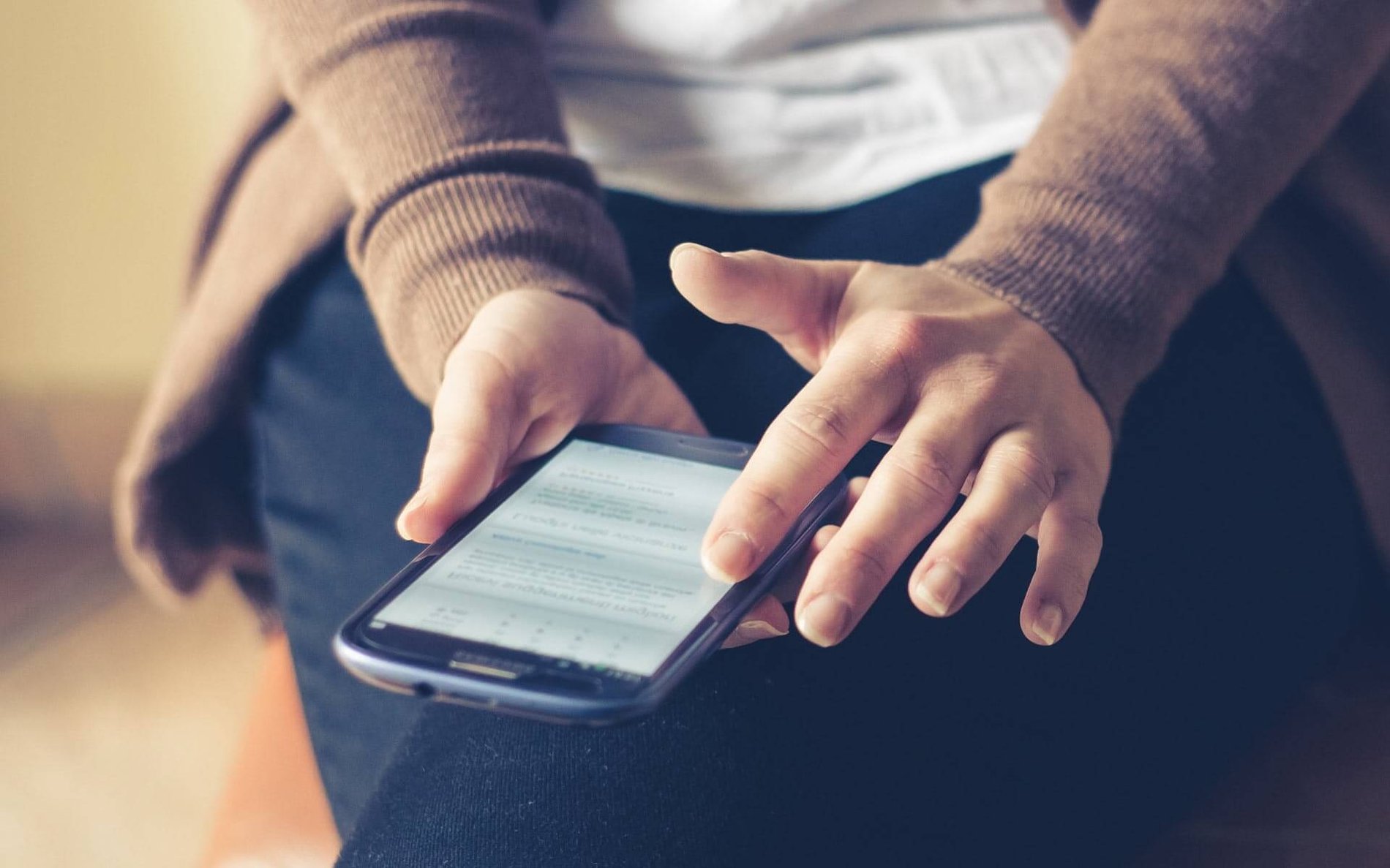If you’re new to marketing or unfamiliar with text message lingo, the term “SMS” may raise questions. Many people use “SMS” and “texting” interchangeably, so it’s important to know what differentiates it from other services like instant messaging and multimedia messaging.
Is there a difference between SMS and text? In a word, no.
“Texting” is slang for SMS, so the terms are often used interchangeably. SMS and texting are the same thing – sending personal or business messages to and from mobile devices. |
In this article, we’ll cover all the basics of SMS, debunk the common misconceptions about SMS vs. text messaging, and share how businesses can use this versatile communication platform to their advantage.
What is SMS?
SMS (Short Message Service) is a text messaging service that allows the exchange of short text messages of up to 160 characters. Because these messages can be sent and received on various mobile networks, it’s a quick, convenient way to send concise messages to individuals or groups.
While it’s often used for small talk or short, personal conversations, it’s also utilized by businesses for both internal and external communication. Over the years, it has become an essential component of mobile communication – one that many of us would have trouble living without.
The History of Text Messaging
The origins of SMS technology stretch back to the 1980s. In 1984, German engineer Freidhelm Hillebrand and his colleague Bernard Ghillebaert created a system that allowed them to send basic messages through a telephone network.
After much trial and error, their research paid off. Text messaging was used for the first time on December 3rd, 1992 in the United Kingdom. However, it wasn’t until the late 1990s that it gained widespread popularity. As mobile phones became more prevalent and affordable, the public began to rely on brief text messages as a mode of daily communication.
As the new millennium unfolded, text messages transformed the way people communicate. Despite the emergence of various messaging apps, SMS remains an effective, reliable tool that fosters communication among people and businesses across the world.
How SMS Works
Although there’s a simple definition, a lot goes on behind the scenes to make it possible. Here’s a simplified breakdown of how it works:
- Initialization. The process begins when a user composes a text message on their mobile device and selects a recipient. The message is then converted into binary code.
- Sending request. The sender’s device sends a request to the Short Message Service Center (SMSC), a centralized server responsible for handling text messages.
- SMSC processing. The SMSC analyzes the recipient’s phone number. If the recipient is reachable, the SMSC stores the message temporarily.
- Routing. The SMSC determines the most efficient message delivery channel to the recipient’s mobile network.
- Delivery attempt. The message is transmitted to the recipient’s mobile device through the selected route. If the recipient is unavailable, the SMSC attempts redelivery.
- Recipient’s SMSC. Upon successful delivery to the recipient’s mobile network, the recipient’s SMSC takes over, forwarding the message to the recipient’s device.
- Message display. The recipient’s device receives and decodes the binary message, displaying a readable text on the screen.
- Acknowledgment. In some cases, the recipient’s device sends an acknowledgment back to the sender’s device, confirming a successful message receipt.
- Storage and deletion. The message may be stored on both the sender’s and recipient’s device, depending on user settings. It may also be deleted according to device memory constraints or user actions.
- Billing and logging. The mobile carriers log the SMS activity for billing purposes, and users may access message logs on their devices.
SMS as a Business Communication Tool
From a business standpoint, texts are a popular tool for communicating important information, sharing text marketing campaigns and sending mass text messages to customers. Texting enables businesses to communicate with customers quickly and effectively from anywhere in the world.
Text messages from businesses are typically short and to the point, easy to read, informative and persuasive. A business may send out a text message to customers that contains information such as:
- Sales, discounts or promotions
- Order delivery notifications or status updates
But why use SMS over other modes of communication? Research shows that 98% of all SMS messages are opened by the recipient. This makes it an attractive marketing channel for businesses, as only 16.9% of email messages are opened, and customers no longer prefer speaking with businesses over the phone.
SMS vs Instant Messaging
It’s important to note that while SMS and texting are the same, SMS is not the same as instant messaging. Instant messengers like WhatsApp, WeChat and Facebook Messenger allow you to send real-time messages through a software application. They’re often called “over-the-top” (OTT) applications because they do not require a cellular network connection, unlike SMS.
SMS is also not the same as MMS.
SMS vs MMS
As we’ve discussed, SMS is a text-only message. In contrast, MMS, which stands for Multimedia Messaging Service, allows users to send and receive pictures, videos and audio files, allowing communication across a wider variety of mediums.

Get Powerful SMS Campaigns Up and Running With Textedly
Texting is a powerful business tool. It’s ideal for efficient and reliable customer outreach, providing cost-effective and rapid communication.
Ready to add text messaging to your company’s marketing arsenal? Textedly’s user-friendly, affordable solutions can help your business leverage texting to start connecting with your customers. With features like mass group texting, two-way SMS and inbound MMS services, you can contact your customers whenever they need you.
Sign up for a free Textedly trial (no credit card required) to kickstart your text marketing campaign.





.png)